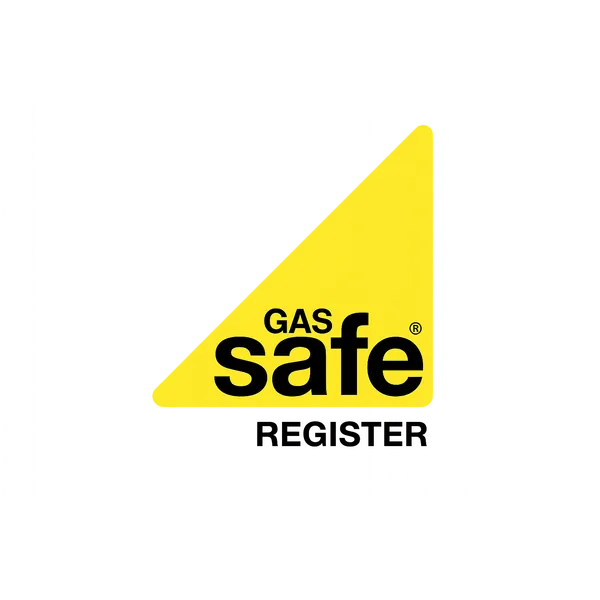Spray Foam vs. Mineral Wool: Choosing the Best Loft Insulation
When it comes to insulating your loft space, the choice between spray foam and mineral wool represents one of the most significant decisions homeowners face. Both materials offer distinct advantages and present unique challenges, making the selection process crucial for achieving optimal thermal performance, energy efficiency, and long-term property value. At CRG Direct, we understand that this decision requires careful consideration of multiple factors, from initial investment to environmental impact and installation requirements.
This comprehensive guide examines both insulation types in detail, providing the insights you need to make an informed choice that aligns with your specific requirements, budget constraints, and sustainability goals.
Understanding the Materials
What is Spray Foam Insulation?
Spray foam insulation is a modern insulation solution that combines two liquid components—isocyanate and polyol resin—which expand upon application to create a seamless, airtight barrier. Available in open-cell and closed-cell variants, spray foam offers exceptional coverage and can conform to even the most irregular loft spaces. The material expands to fill gaps, cracks, and voids, creating a continuous insulation layer that significantly reduces air infiltration.
What is Mineral Wool Insulation?
Mineral wool insulation, comprising both rock wool and glass wool varieties, represents a traditional yet highly effective insulation approach. Manufactured from natural minerals like basalt or recycled glass, this fibrous material comes in rolls or batts that fit between joists and rafters. Mineral wool has been a staple in UK construction for decades, valued for its reliability, fire resistance, and straightforward installation process.
Thermal Performance Comparison
Spray Foam: Superior Air Sealing
Spray foam insulation excels in thermal performance due to its exceptional air-sealing capabilities. With R-values typically ranging from R-3.5 to R-6.5 per inch, closed-cell spray foam offers one of the highest thermal resistances available. More importantly, the material's expansion properties eliminate thermal bridging—the phenomenon where heat escapes through gaps in insulation—resulting in more consistent temperature regulation throughout your property.
Mineral Wool: Reliable Thermal Resistance
Mineral wool provides solid thermal performance with R-values between R-3.0 and R-4.0 per inch. While slightly lower than premium spray foam options, mineral wool still meets and often exceeds UK building regulations when installed correctly. Its fibrous structure traps air pockets, creating effective thermal barriers that significantly reduce heat transfer.
Moisture Management and Breathability
Spray Foam Considerations
Closed-cell spray foam acts as a vapour barrier, preventing moisture from penetrating the insulation layer. This characteristic makes it particularly suitable for properties prone to condensation issues. However, this same property can trap moisture within building fabric if not properly considered during installation, potentially leading to long-term structural concerns.
Open-cell spray foam offers some breathability while still providing excellent insulation, making it a versatile choice for various loft configurations.
Mineral Wool's Natural Breathability
Mineral wool is vapour-permeable, allowing moisture to pass through the material rather than becoming trapped. This natural breathability helps prevent condensation buildup and maintains healthy humidity levels within your loft space. For properties where moisture management is a primary concern, mineral wool often represents the safer choice.
Fire Safety Performance
Mineral Wool: Inherent Fire Resistance
Mineral wool is naturally non-combustible, withstanding temperatures up to 1,000°C. This inherent fire resistance makes it an excellent choice for properties where fire safety is paramount. The material doesn't contribute to fire spread and can help compartmentalise fires, providing valuable additional minutes for evacuation.
Spray Foam Fire Ratings
Modern spray foam insulation includes fire-retardant additives, with most products achieving Class 1 fire ratings when tested according to British Standards. However, it's crucial to verify specific product certifications and ensure proper installation to maintain these safety standards.
Environmental Impact and Sustainability
Mineral Wool: Recycled Content and End-of-Life
Mineral wool typically contains significant recycled content—often up to 70%—making it an environmentally conscious choice. The material is fully recyclable at end-of-life and requires relatively low embodied energy during manufacturing. Its durability and long service life further enhance its sustainability credentials.
Spray Foam Environmental Considerations
While spray foam offers excellent energy efficiency benefits, its environmental impact is more complex. The blowing agents used in some formulations have higher global warming potential, though modern products increasingly use more environmentally friendly alternatives. The material's exceptional energy-saving performance can offset these concerns over the insulation's lifespan.
Cost Analysis and Installation Requirements
Initial Investment Comparison
Spray foam insulation represents a significant upfront investment, typically costing £25-£45 per square metre installed. This higher cost reflects the specialised equipment and professional expertise required for proper application.
Mineral wool offers a more budget-friendly option at £10-£20 per square metre, with DIY installation possible for confident homeowners. However, professional installation ensures optimal performance and compliance with building regulations.
Long-Term Value Considerations
While spray foam commands higher initial costs, its superior air-sealing capabilities can lead to greater energy savings over time. The material's durability and minimal maintenance requirements further enhance its long-term value proposition.
Mineral wool provides excellent value for money, with proven performance and straightforward replacement if necessary. Its accessibility and widespread availability make it a practical choice for many homeowners.
CRG Direct's Material Selection Guidance
When to Choose Spray Foam Insulation
- Complex Loft Spaces: Properties with irregular shapes, numerous penetrations, or hard-to-reach areas benefit from spray foam's expansion properties
- Maximum Energy Efficiency: For homeowners prioritising ultimate thermal performance and air tightness
- Moisture-Prone Properties: Where condensation control is a primary concern (using appropriate foam type)
- Long-Term Investment: Properties where owners plan to stay for extended periods, maximising energy savings
When Mineral Wool is the Better Choice
- Budget-Conscious Projects: Where initial cost is a significant factor
- DIY Installations: For confident homeowners comfortable with roll or batt installation
- Fire Safety Priority: Properties where non-combustible insulation is essential
- Breathability Requirements: Older properties requiring vapour-permeable insulation solutions
- Standard Loft Configurations: Straightforward loft spaces with regular joist spacing
Hybrid Approaches
In some scenarios, combining both materials provides optimal results. For example, using spray foam for air sealing around edges and penetrations while filling the main loft space with mineral wool can balance performance with cost considerations.
Installation Best Practices
Professional Installation Requirements
Both insulation types benefit from professional installation. Spray foam requires certified installers with proper safety equipment and training. Mineral wool installation, while more straightforward, still benefits from professional attention to detail regarding compression, gaps, and vapour control layers where required.
Building Regulations Compliance
Ensure your chosen insulation approach meets current UK Building Regulations Part L requirements. Professional installers will provide necessary certifications and ensure compliance with all relevant standards.
Making Your Decision
Choosing between spray foam and mineral wool insulation involves weighing multiple factors specific to your property, budget, and priorities. Consider:
- Your property's age and construction type
- Local climate conditions and exposure
- Budget constraints and available funding
- Long-term ownership plans
- Specific performance requirements
- Environmental considerations
At CRG Direct, we recommend consulting with insulation professionals who can assess your specific situation and provide tailored recommendations based on comprehensive property evaluation.
Conclusion: The Right Choice for Your Property
Both spray foam and mineral wool offer effective insulation solutions, each with distinct advantages that suit different scenarios. Spray foam excels in complex spaces and maximum energy efficiency, while mineral wool provides reliable performance, fire safety, and cost-effectiveness.
The optimal choice depends on your specific circumstances, priorities, and property characteristics. By carefully considering the factors outlined in this guide, you can select the insulation solution that delivers the best combination of performance, value, and suitability for your needs.
Ready to transform your loft's energy efficiency? Contact CRG Direct today for personalised insulation recommendations and professional installation services tailored to your property's unique requirements.















